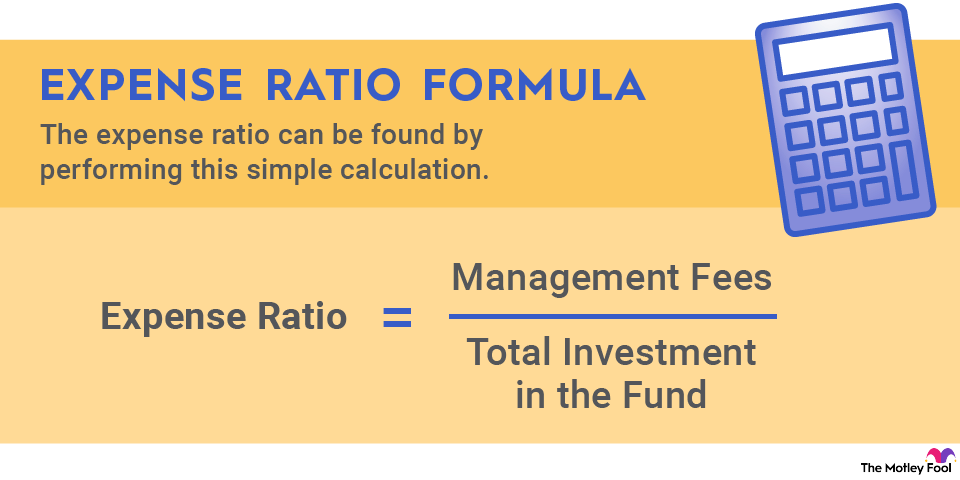- Determine the base year for indexing.
- Use NAWI values to calculate indexing factors for each year before the base year.
- Apply indexing factors to all annual wages.
- Sum the indexed earnings from the highest-paid 35 years.
- Divide the sum by the number of months in 35 years.
Determine the base year. Indexing begins with the worker's earnings from two years before Social Security eligibility. Social Security retirement benefits are available at 62, so the base year for indexing is the individual's 60th year. For a beneficiary who turned 62 in 2024, the base year is 2022.
Calculate indexing factors. For each year before the base year, the SSA calculates an indexing factor. The indexing factor is the base year NAWI divided by that year's NAWI. If the base year is 2022, for example, the indexing factor for 2021 is 2022 NAWI divided by 2021 NAWI.
Using actual NAWI values, this calculation is $63,795.13 divided by $60,575.07. That equates to an indexing factor of 1.0532.
Apply indexing factors. The 1.0532 value is multiplied by this worker's actual 2021 wages. The indexing factor is higher than one, so the indexed -- or inflation-adjusted -- wages will be higher than face value. The SSA repeats this calculation for all years of the beneficiary's earnings.
Sum the indexed earnings. The indexed earnings from the worker's highest-paid 35 years are summed. Values from lower-income years are disregarded.
Divide by 420. The SSA then converts the 35-year total indexed earnings into a monthly value. The divisor of 420 equals the number of months in 35 years.
The resulting value is the worker's AIME. SSA then applies a different formula to AIME to calculate the worker's Social Security benefit.




















